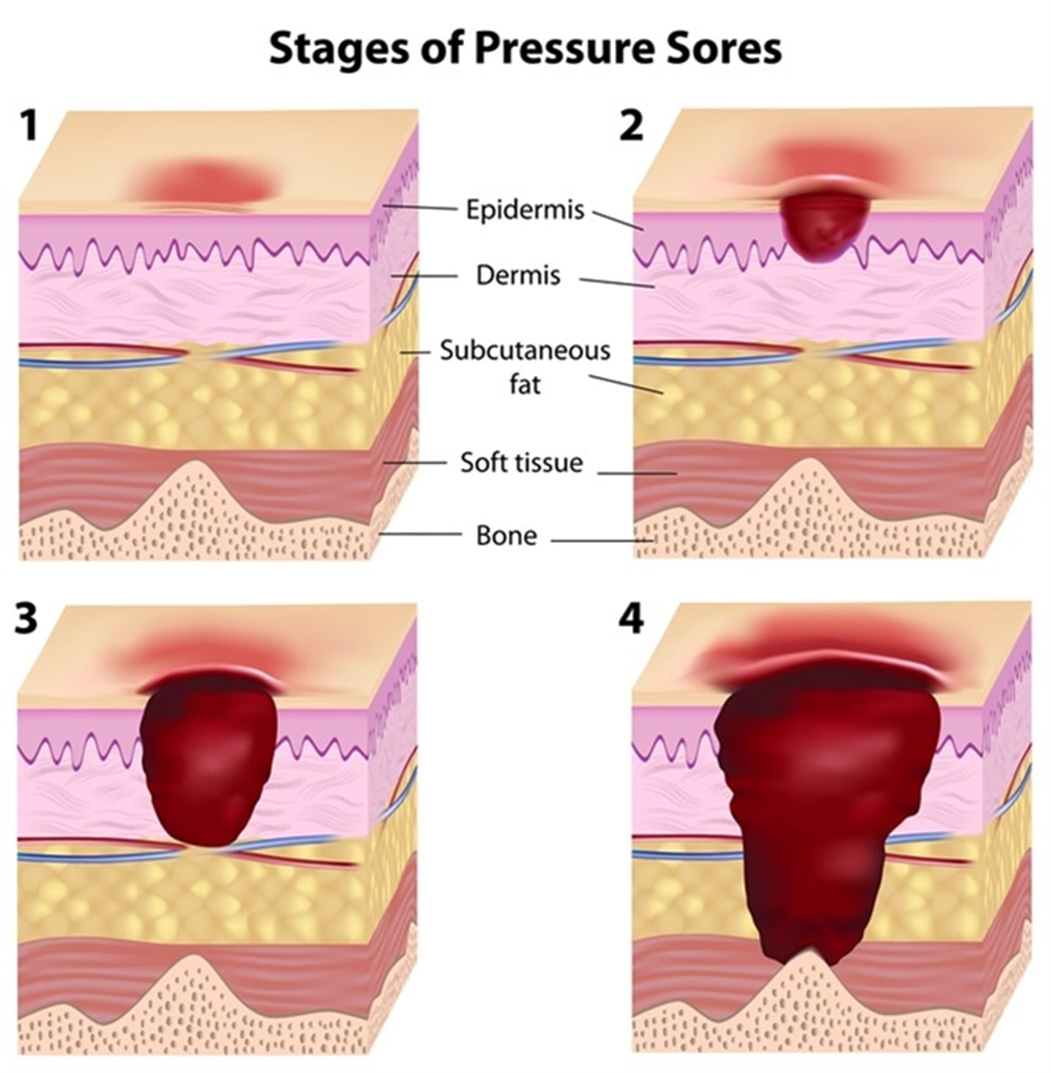A nurse is preparing to transfer a client from the emergency department to a medical-surgical unit using the SBAR Communication tool. Which of the following information should the nurse include in the background portion of the report?
The client's code status
The client's vital signs
The client's name
A prescribed consultation
The Correct Answer is C
Choice A reason: The client's code status is not part of the background information, but rather the recommendation or request section of the SBAR Communication tool. The code status indicates the level of resuscitation the client wishes to receive in case of a cardiac or respiratory arrest.
Choice B reason: The client's vital signs are not part of the background information, but rather the assessment section of the SBAR Communication tool. The vital signs reflect the client's current condition and response to treatment.
Choice C reason: The client's name is part of the background information, along with the client's age, diagnosis, reason for admission, and relevant medical history. The background information provides a brief overview of the client's situation and helps to identify the client.
Choice D reason: A prescribed consultation is not part of the background information, but rather the recommendation or request section of the SBAR Communication tool. A consultation is a referral to another health care professional for further evaluation or management of the client's condition.
Nursing Test Bank
Naxlex Comprehensive Predictor Exams
Related Questions
Correct Answer is D
Explanation
Choice A reason: This client does not need an interdisciplinary conference because their condition is not complex or chronic. The nurse can manage the client's care by monitoring their vital signs, fluid intake and output, and hydration status. The nurse can also educate the client on how to prevent orthostatic hypotension by changing positions slowly and wearing compression stockings.
Choice B reason: This client does not need an interdisciplinary conference because their condition is well-controlled and self-managed. The nurse can manage the client's care by checking their blood glucose levels, administering insulin as prescribed, and providing dietary and lifestyle education. The nurse can also collaborate with the diabetes educator or the endocrinologist if needed.
Choice C reason: Although this client is at risk for pressure ulcers, their albumin level is within the normal range, indicating adequate nutritional status. Low albumin levels are often associated with poor wound healing and increased risk of skin breakdown, but in this case, nutrition does not appear to be a concern. Preventive measures, such as regular repositioning, skin assessments, and pressure-relieving devices, can be implemented by nursing staff without requiring an interdisciplinary meeting.
Choice D reason:This client is the most appropriate candidate for an interdisciplinary conference. The activated partial thromboplastin time (aPTT) is a critical lab value for monitoring heparin therapy, and a level of 34 seconds is below the therapeutic range. A subtherapeutic aPTT increases the risk of clot formation, indicating that the heparin dose may need to be adjusted. An interdisciplinary team, including the physician, pharmacist, nurse, and laboratory personnel, should collaborate to ensure safe and effective anticoagulation management. This conference would allow for a discussion on dosage adjustments, potential medication interactions, and continued monitoring to prevent complications such as deep vein thrombosis or pulmonary embolism.

Correct Answer is C
Explanation
Choice A reason: This is not the correct way to transcribe a verbal prescription. The nurse should not use decimals or trailing zeros when writing doses, as they can be misread or mistaken for larger doses. For example, 10.0 mg could be read as 100 mg.
Choice B reason: This is not the correct way to transcribe a verbal prescription. The nurse should not use abbreviations that are not approved by the facility or the Joint Commission, as they can be confusing or ambiguous. For example, MSO4 could be confused with magnesium sulfate (MgSO4).
Choice C reason: This is the correct way to transcribe a verbal prescription. The nurse should write the full name of the drug, the dose, the route, the frequency, and the indication for use. The nurse should also use standard abbreviations that are clear and unambiguous. For example, IV means intravenous, q4h means every 4 hours, and prn means as needed.
Choice D reason: This is not the correct way to transcribe a verbal prescription. The nurse should not use abbreviations that are not approved by the facility or the Joint Commission, as they can be confusing or ambiguous. For example, MS could be confused with morphine sulfate or magnesium sulfate. The nurse should also use standard abbreviations for the route and frequency, not words like every or prn.
Whether you are a student looking to ace your exams or a practicing nurse seeking to enhance your expertise , our nursing education contents will empower you with the confidence and competence to make a difference in the lives of patients and become a respected leader in the healthcare field.
Visit Naxlex, invest in your future and unlock endless possibilities with our unparalleled nursing education contents today
Report Wrong Answer on the Current Question
Do you disagree with the answer? If yes, what is your expected answer? Explain.
Kindly be descriptive with the issue you are facing.
